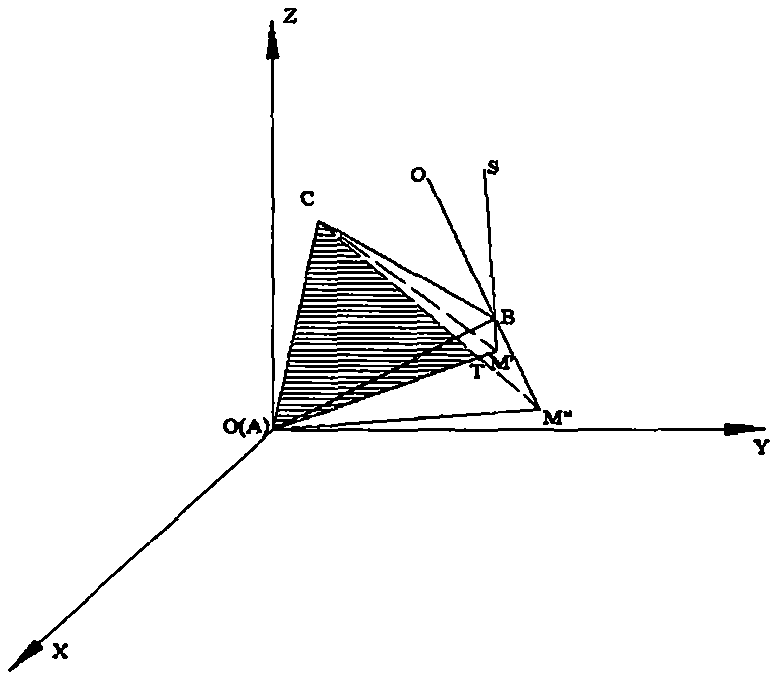Urban dense grassland radiation direction characteristic simulation method
A technology of radiation direction and simulation method, which is applied in the field of remote sensing and can solve the problem of not considering the internal radiation characteristics of plants.
- Summary
- Abstract
- Description
- Claims
- Application Information
AI Technical Summary
Problems solved by technology
Method used
Image
Examples
Embodiment Construction
[0018] Compared with winter wheat and forest, urban grassland vegetation has its particularity: (1) The plant species are relatively single, and the plants grow densely and neatly, which means that the mutual overlap and mutual shading between plant canopies cannot be ignored. (2) The spatial heterogeneity of the grassland is low. It can be assumed that the vegetation types in the same pixel are the same. The grassland vegetation is a discontinuous canopy with plants and plant pores, and the plants are randomly distributed in space.
[0019] Therefore, aiming at the particularity of urban grassland vegetation, the radiation directionality of urban grassland is simulated.
[0020] Step 1) The method for calculating the average projected area and the overlapping index of any triangular blade projected overlapping area is specifically: the grass blade is simulated as an isosceles triangular blade, such as figure 2 The schematic display of .
[0021] Obtain the average projected...
PUM
 Login to View More
Login to View More Abstract
Description
Claims
Application Information
 Login to View More
Login to View More - R&D
- Intellectual Property
- Life Sciences
- Materials
- Tech Scout
- Unparalleled Data Quality
- Higher Quality Content
- 60% Fewer Hallucinations
Browse by: Latest US Patents, China's latest patents, Technical Efficacy Thesaurus, Application Domain, Technology Topic, Popular Technical Reports.
© 2025 PatSnap. All rights reserved.Legal|Privacy policy|Modern Slavery Act Transparency Statement|Sitemap|About US| Contact US: help@patsnap.com



